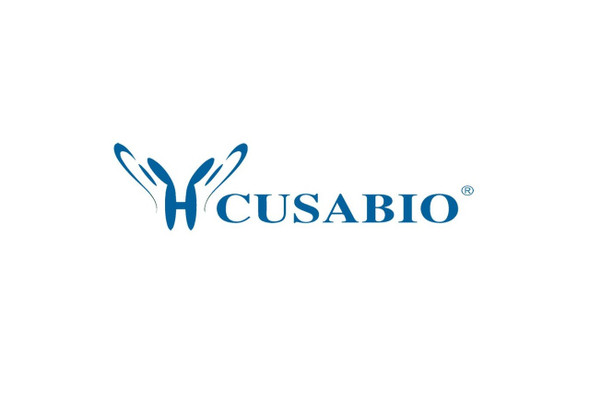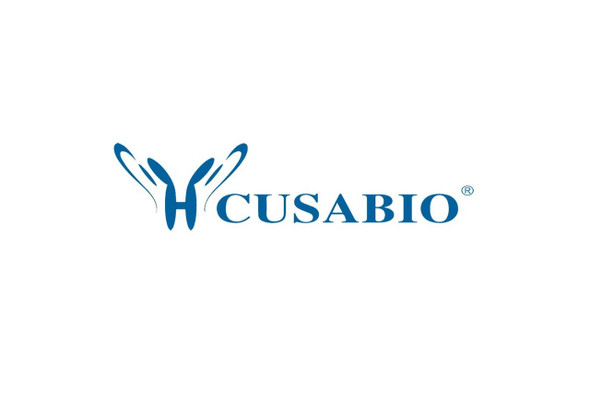Cusabio Active Proteins
Recombinant Human Tumor necrosis factor receptor superfamily member 10B (TNFRSF10B), partial (Active) | CSB-AP002291HU
- SKU:
- CSB-AP002291HU
- Availability:
- 5 to 10 Working Days
Description
Recombinant Human Tumor necrosis factor receptor superfamily member 10B (TNFRSF10B) ,partial (Active) | CSB-AP002291HU | Cusabio
Protein Description: Partial
Alternative Name (s) : Death receptor 5, TRAIL receptor 2, TRAIL-R2, CD antigen CD262,
Gene Names: TNFRSF10B,DR5,KILLER,TRAILR2,TRICK2,ZTNFR9,UNQ160/PRO186
Research Areas: Cancer
Species: Homo sapiens (Human)
Source: E.Coli
Tag Info: Tag-Free
Expression Region: 52-183aa
Sequence Info: ESALITQQDL APQQRAAPQQ KRSSPSEGLC PPGHHISEDG RDCISCKYGQ DYSTHWNDLL FCLRCTRCDS GEVELSPCTT TRNTVCQCEE GTFREEDSPE MCRKCRTGCP RGMVKVGDCT PWSDIECVHK ES
Biological Activity: Fully biologically active when compared to standard. rHusTRAIL-R2 reduced the production of LPS- induced TNF by its ability to neutralize endogenous TRAIL in fresh human PBMC. In this assay, endogenous TRAIL is induced during a 24 hour exposure to LPS (10 ng/mL) but in the presence of rHusTRAIL-R2, TRAIL-induced TNF is suppressed.
MW: 14.8 kDa
Purity: >97% as determined by SDS-PAGE and HPLC.
Endotoxin: Less than 1.0 EU/µg as determined by LAL method.
Relevance: Receptor for the cytotoxic ligand TNFSF10/TRAIL. The adapter molecule FADD recruits caspase-8 to the activated receptor. The resulting death-inducing signaling complex (DISC) performs caspase-8 proteolytic activation which initiates the subsequent cascade of caspases (aspartate-specific cysteine proteases) mediating apoptosis. Promotes the activation of NF-kappa-B. Essential for ER stress-induced apoptosis. {ECO:0000269|PubMed:15322075}.
PubMed ID: 9285725; 9311998; 9373179; 9430227; 9325248; 9326928; 9242610; 9242611; 10072170; 12975309; 17974005; 16421571; 15489334; 14759258; 15322075; 23498957; 10549288; 10542098; 23555243
Notes: Repeated freezing and thawing is not recommended. Store working aliquots at 4℃ for up to one week.
Function: Receptor for the cytotoxic ligand TNFSF10/TRAIL
Involvement in disease: Squamous cell carcinoma of the head and neck (HNSCC)
Subcellular Location: Membrane, Single-pass type I membrane protein
Protein Families:
Tissue Specificity: Widely expressed in adult and fetal tissues; very highly expressed in tumor cell lines such as HeLaS3, K-562, HL-60, SW480, A-549 and G-361; highly expressed in heart, peripheral blood lymphocytes, liver, pancreas, spleen, thymus, prostate, ovary, uterus, placenta, testis, esophagus, stomach and throughout the intestinal tract; not detectable in brain.
Paythway: p53signalingpathway
Form: Lyophilized powder
Buffer: Lyophilized from a 0.2µm filtered PBS, pH 7.4
Reconstitution: We recommend that this vial be briefly centrifuged prior to opening to bring the contents to the bottom. Please reconstitute protein in deionized sterile water to a concentration of 0.1-1.0 mg/mL.We recommend to add 5-50% of glycerol (final concentration) and aliquot for long-term storage at -20℃/-80℃. Our default final concentration of glycerol is 50%. Customers could use it as reference.
Uniprot ID: O14763
Uniprot Entry Name: TR10B_HUMAN
HGNC Database Link: HGNC
UniGene Database Link: UniGene
KEGG Database Link: KEGG
STRING Database Link: STRING
OMIM Database Link: OMIM









